Why Would Methyl Ever Be Described as a Functional Group?
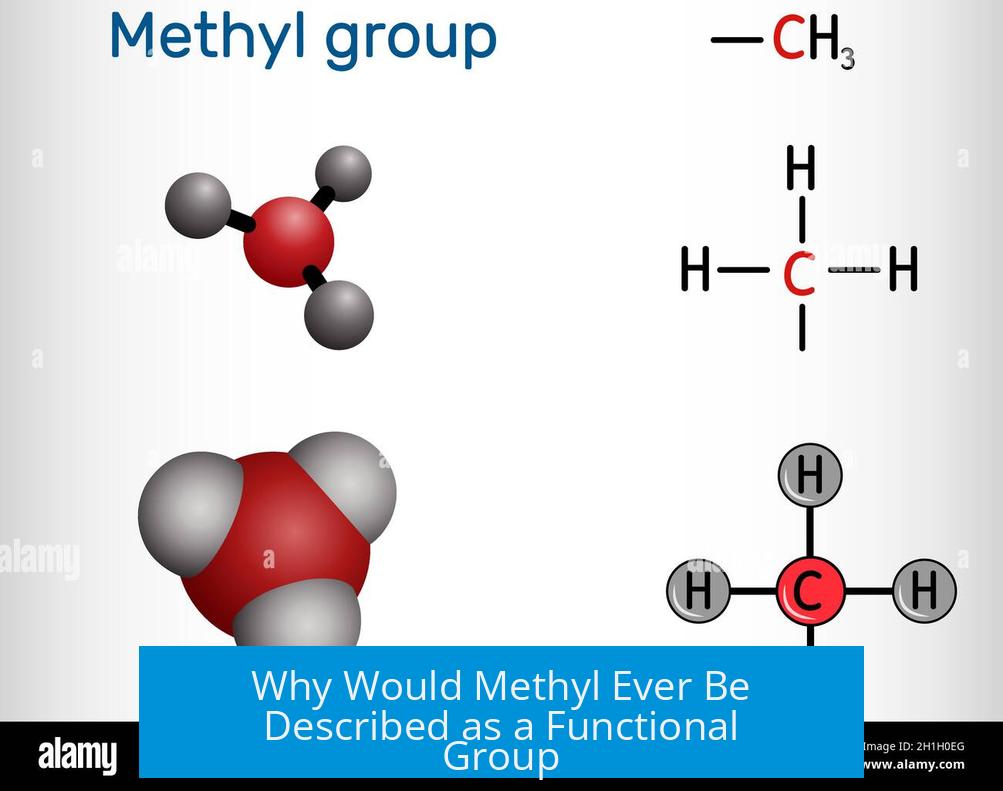
The term “functional group” traditionally excludes methyl groups, but modern chemistry often considers methyl groups functional because they impact chemical reactivity and molecular behavior significantly.
Historical Viewpoint: Functional Groups vs. Methyl
Organic chemistry began by separating molecules into two parts: a largely unreactive hydrocarbon backbone and reactive side groups called functional groups. This classification emerged in a time before advanced structural tools like Nuclear Magnetic Resonance (NMR) spectroscopy.
In this traditional model, the methyl group (–CH3) was viewed as part of the inert “root” hydrocarbon chain, not a functional group. Functional groups were usually more reactive, like hydroxyl (–OH) or carbonyl (C=O) groups. The methyl was seen as chemically inert, mere molecular “filler.”
This view is evident in how chemists used to think: removing a functional group left behind a free radical—the hydrocarbon fragment—implying that methyl groups formed part of that backbone rather than acting as a functional entity.
Modern Perspective: Expanded Definition of Functional Groups
Contemporary chemistry broadens the definition of functional groups. Now, rather than reserving the term only for highly reactive entities, any substituent that adds unique chemical properties or reactivity is regarded as a functional group.
For instance, methyl substitution on benzene to form toluene introduces new reaction pathways, like selective oxidation or radical halogenation, that do not appear in benzene itself. This shows that methyl groups influence chemical function.
By this logic, methyl groups serve as functional groups because they confer new chemical behaviors, affect reaction mechanisms, and can be the reactive sites themselves.
Practical Implications of This Classification
- Strict adherence to functional group classification is uncommon among practicing chemists.
- Understanding what methyl groups do is more crucial than naming them “functional groups.”
- Scientific classifications are tools to facilitate communication rather than rigid rules.
- Chemicals often have multiple nomenclatures—none wholly right or wrong—highlighting flexibility in terminology.
Therefore, whether a methyl is called a functional group depends on context and convenience rather than absolute chemical rules.
Methyl Groups as Functional Entities: Roles and Characteristics
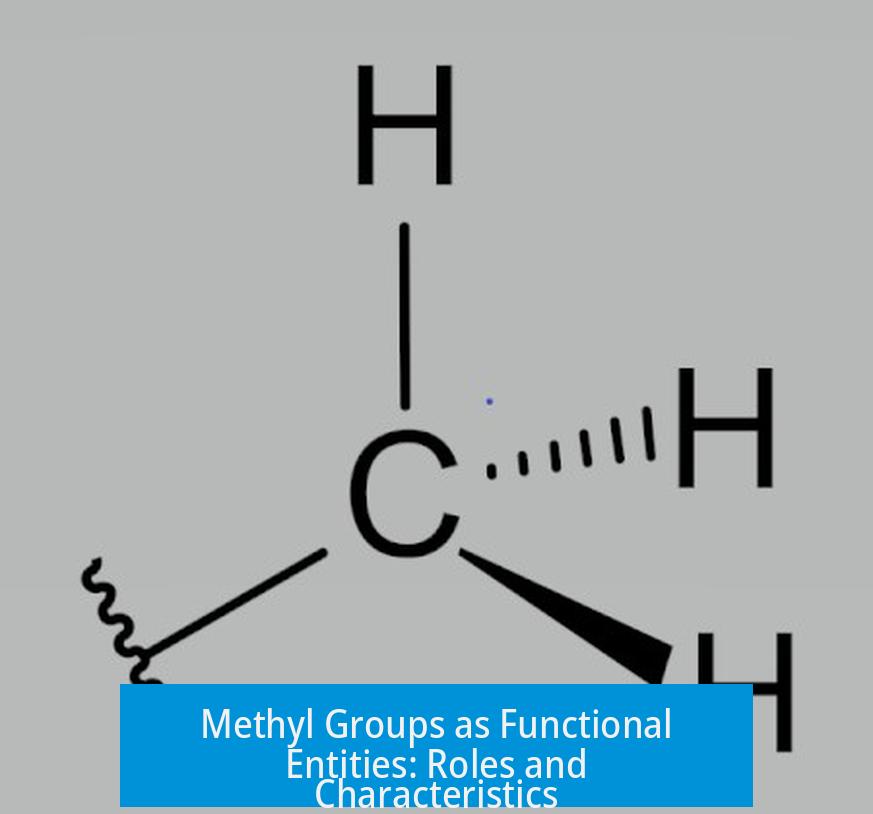
Methyl groups act as small but important alkane functional groups with several distinct effects:
- Electron Donation: Methyl groups donate electron density via hyperconjugation (+I effect), influencing reactivity in conjugated systems.
- Steric Impact: The 3D volume of a methyl group alters the spatial accessibility of nearby molecular sites.
- Reactivity: Methyls can be oxidized or halogenated under suitable conditions, functioning as reactive handles in synthesis.
- Biological Function: Methylation of cytidine in DNA leads to gene silencing, showing a profound biochemical role.
- Platform for Chemical Modification: Research into CH functionalization targets methyl groups as sites for attaching new functionalities systematically.
For example, substituting a methyl group on a bipyridine nitrogen induces a positive charge and alters the molecule’s electron-accepting abilities—demonstrating functional modulation by the methyl substituent.
Examples: Benzene vs. Toluene
| Property | Benzene | Toluene (Methylbenzene) |
|---|---|---|
| Reactivity | Stable, limited sites for substitution | Methyl activates the ring, enabling side-chain oxidation |
| Biological Metabolism | Less readily metabolized | Methyl groups are sites for enzymatic oxidation and conjugation |
| Electronic Effects | No electron donation | Electron-donating methyl modifies ring electrophilicity |
This comparison highlights how methyl groups impart unique chemical and biological functions.
Summary: Methyl as a Functional Group
Modern chemistry recognizes that functional groups are any molecular substituents that affect reactivity or chemical function. Methyl groups, previously considered inert participants in hydrocarbon frameworks, fulfill this criterion in many contexts.
Methyl groups:
- Alter electronic properties by donating electron density.
- Influence shape and steric factors in molecules.
- Participate in chemical reactions like oxidation and halogenation.
- Play a critical role in gene regulation through methylation.
- Serve as strategic sites for synthetic modifications in advanced research.
Practically, whether methyl is called a functional group depends on how one defines “function” and the context of the chemical study. Chemists prioritize behavior over classification rigidity.
Key Takeaways
- Traditional definitions excluded methyl groups as functional groups due to their perceived inertness.
- Modern views consider methyl groups functional due to their effects on molecular reactivity and behavior.
- Methyl groups donate electrons, affect sterics, and can be chemically transformed.
- The practical use of the term “functional group” is flexible and context-dependent.
- Methyl groups play important roles in chemical synthesis and biological processes.


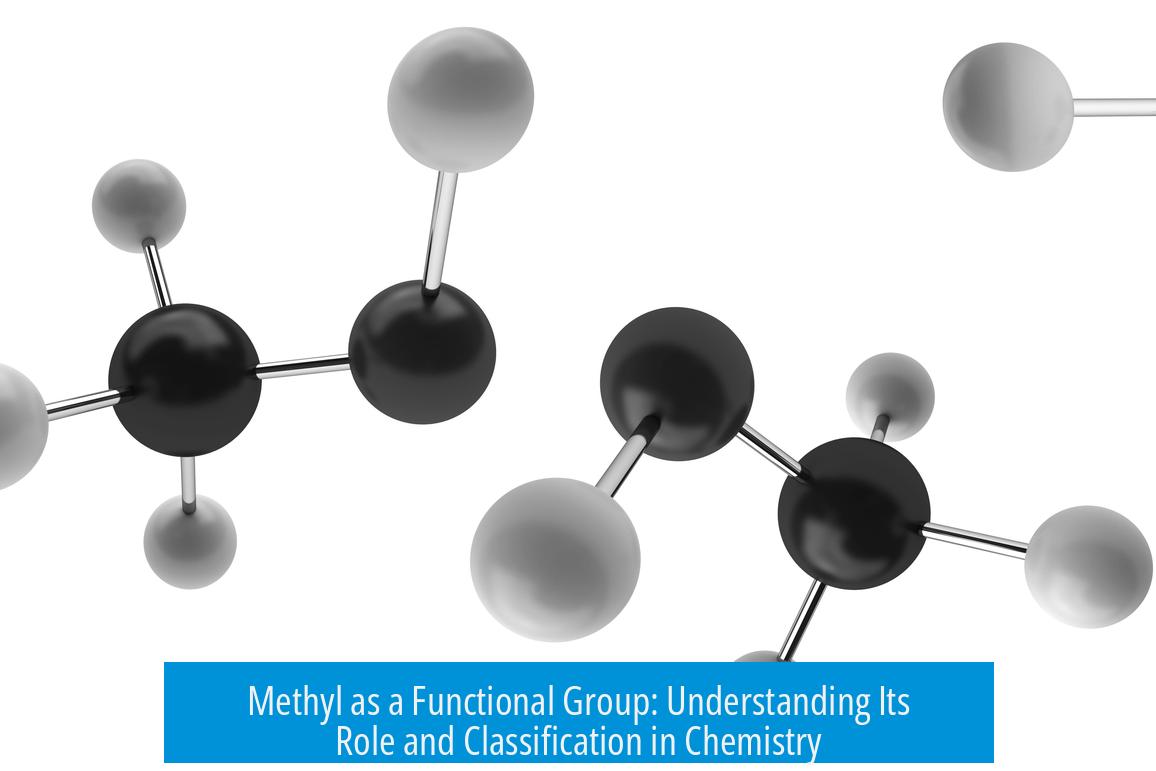
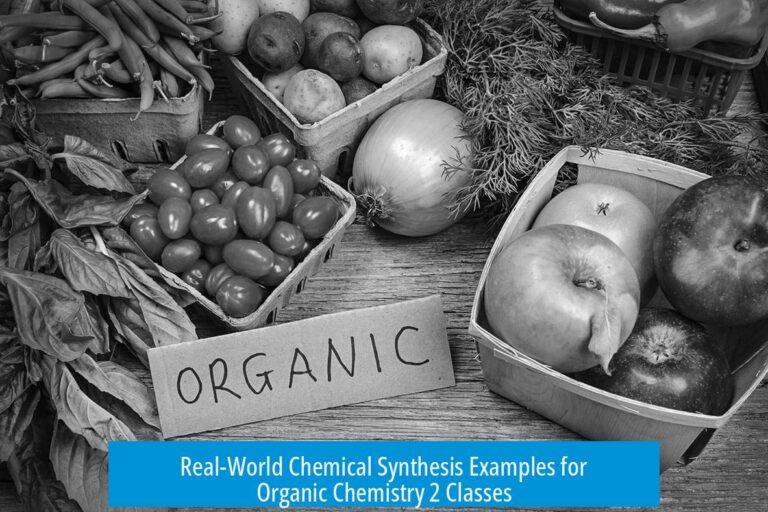
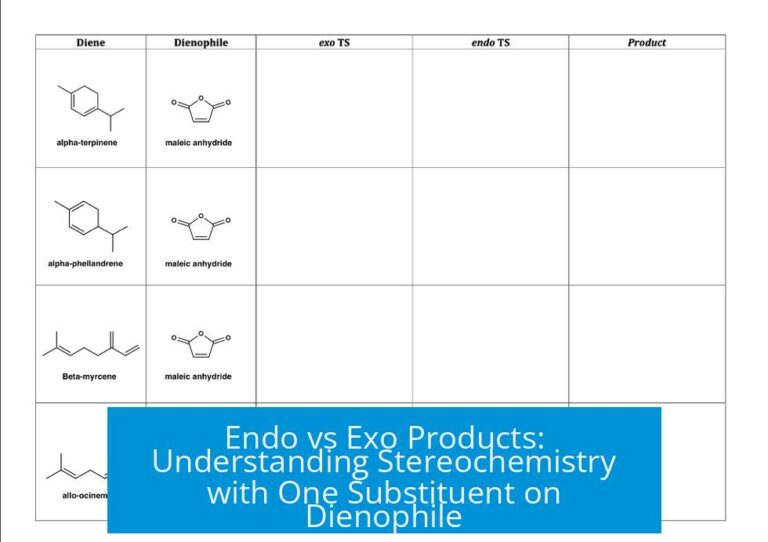
Leave a Comment